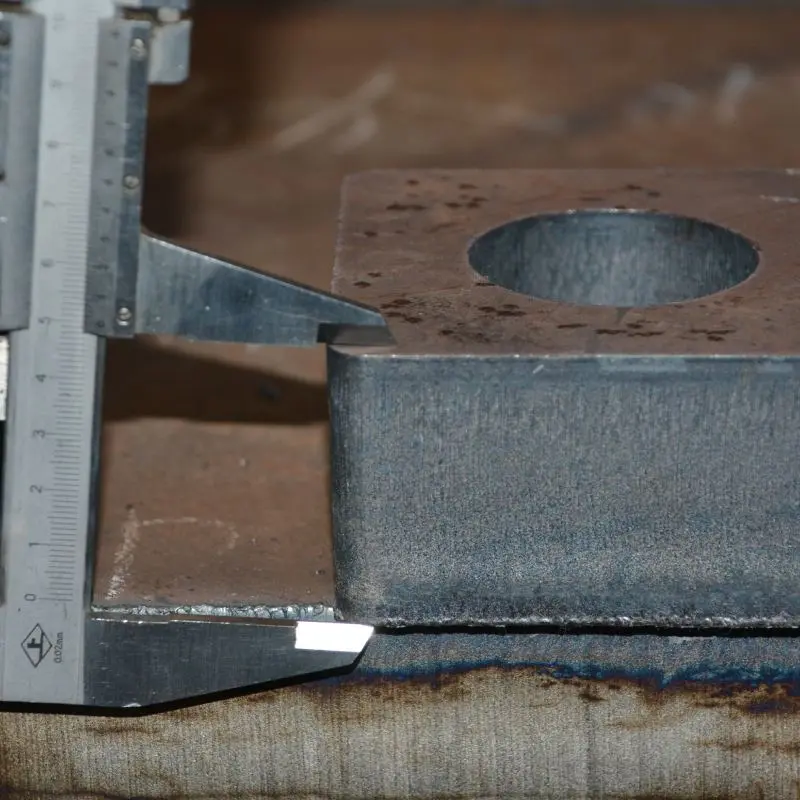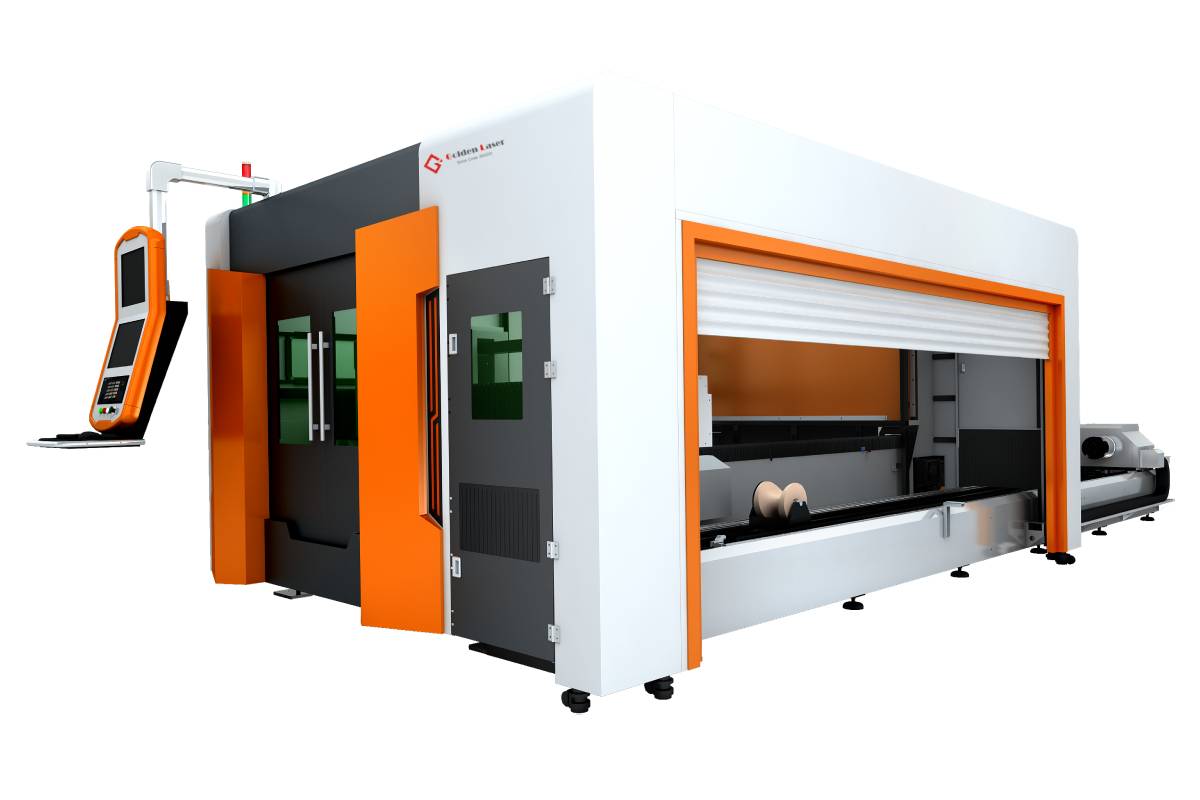
Unlocking Precision and Aesthetic: The Advantages of Using a Metal Panel Laser Cutter for Metal Furniture Design and Production
In today’s rapidly evolving world, metal furniture is gaining immense popularity for its durability, aesthetic appeal, and versatility. As designers and manufacturers seek innovative ways to create unique pieces, the metal panel laser cutter emerges as an indispensable tool that brings precision and creativity to the forefront of metal furniture production. This technology not only allows for intricate designs but also streamlines the manufacturing process, making it a game-changer in the industry.

Unlocking Precision and Aesthetic: The Advantages of Using a Metal Panel Laser Cutter for Metal Furniture Design and Production
The Technology Behind Metal Panel Laser Cutters
At the core of a metal panel laser cutter’s functionality is laser technology, which utilizes concentrated light beams to cut through metal surfaces with unparalleled accuracy. The process involves directing a high-powered laser beam onto a metal sheet, which melts or vaporizes the material away from the designated cutting area. This results in clean edges and precise shapes that would be challenging or impossible to achieve through conventional cutting methods.
Laser cutting machines can work with various metals, including steel, aluminum, brass, and more, opening up a range of possibilities for furniture designers. This flexibility allows manufacturers to experiment with different materials, ensuring that the final products not only meet high aesthetic standards but also maintain structural integrity.
Advantages of Using Metal Panel Laser Cutters in Furniture Production
1. **Unmatched Precision and Detail**: One of the standout features of metal panel laser cutters is their ability to achieve intricate shapes and designs with incredible precision. This is crucial in furniture design, where precise measurements and clean lines can significantly enhance the piece’s overall appearance. Designers can push the boundaries of creativity, producing everything from delicate patterns to complex geometries.
2. **High Efficiency and Speed**: In a competitive market, speed and efficiency are vital. Metal laser cutters can operate at a rapid pace, allowing manufacturers to produce large quantities of metal furniture in a shorter time frame. This acceleration not only boosts productivity but also enables businesses to meet customer demands quickly, thereby increasing their market competitiveness.
3. **Reduced Material Waste**: Traditional metal cutting methods can generate significant waste due to the inaccuracy of tools and cutting techniques. However, laser cutting minimizes waste by utilizing advanced software that optimizes material usage. This not only conserves resources but also reduces costs associated with raw materials, which is particularly advantageous for manufacturers operating on tight budgets.

Unlocking Precision and Aesthetic: The Advantages of Using a Metal Panel Laser Cutter for Metal Furniture Design and Production
4. **Flexibility in Design Iterations**: The flexibility of metal panel laser cutters allows for easy adjustments and iterations in design. Changes to designs can be implemented quickly without the need for extensive retooling or setup changes. This is particularly beneficial in a fast-paced production environment where trends and consumer preferences may shift rapidly.
5. **Consistency and Reproducibility**: Once a design is programmed into the laser cutter, every subsequent cut will be identical. This level of consistency is crucial in furniture production, where uniformity across multiple units is essential for quality assurance.
6. **Creative Possibilities**: The versatility of laser cutting extends beyond simple shapes. Designers can experiment with various patterns, engravings, and textures that can enhance the visual appeal of metal furniture. Combining different metal types and finishes also allows for unique, customized pieces that can command premium prices in the market.
Applications in Metal Furniture Design
Metal panel laser cutters can be used to create a wide variety of furniture pieces, ranging from contemporary chairs and tables to elaborate artistic installations. The precision cutting allows for designs that incorporate intricate filigrees or cutouts, enabling a play of light and shadow that enhances the overall aesthetic appeal of the furniture.
Moreover, businesses can leverage laser cutting technology to produce custom or bespoke pieces tailored to individual client needs. This flexibility not only caters to a growing demand for personalized items but also establishes brand loyalty among customers who seek exclusive designs.
Conclusion
The adoption of a metal panel laser cutter is not merely a trend but a transformative step forward in metal furniture manufacturing. By enhancing precision, efficiency, and design flexibility, this technology allows manufacturers to create stunning, modern furniture that stands the test of time. As the industry continues to evolve, those who embrace these advanced tools will undoubtedly lead the way in innovation, creativity, and customer satisfaction.h Power Fiber Laser Cutting Machine



